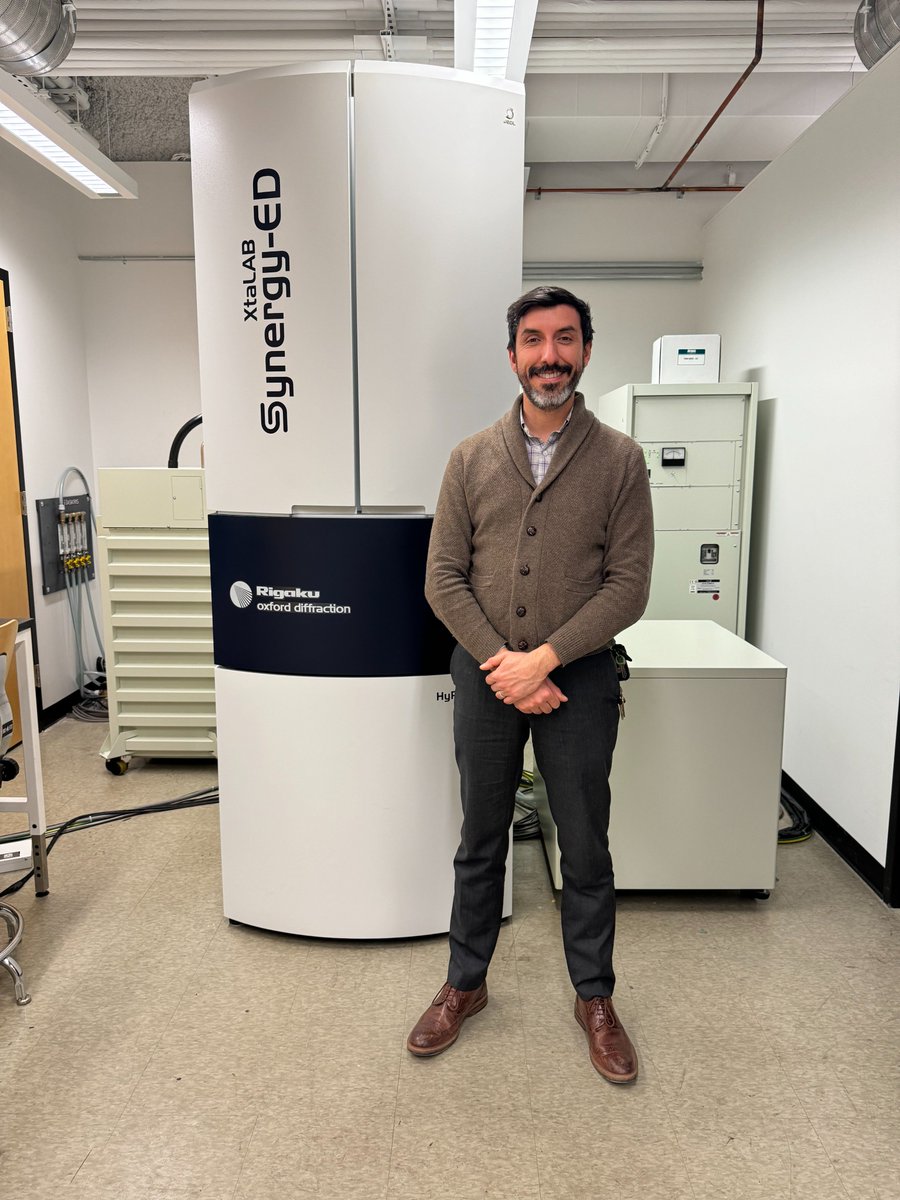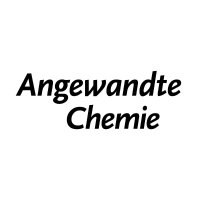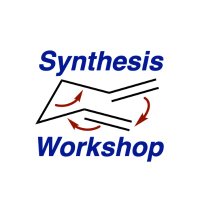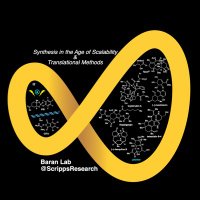
Nicolò Tampellini
@ntampellini_
PhD student @MillerGroupYale 🇺🇸
B. Sc. @LabSynthesis 🇮🇹
Asymmetric catalysis with flasks and computers ⚗️💻
ID: 1443918675510239264
https://ntampellini.github.io/ 01-10-2021 12:40:33
128 Tweet
133 Followers
107 Following





A final frontier of asymmetric #organocatalysis : Catalytic asymmetric fragmentation of cyclopropanes Science Magazine science.org/doi/10.1126/sc… Hokkaido University ICReDD NobuyaTsuji Ravindra Raut


Interested in #QuantumComputing and #HPC? Join the new Master’s program at Università di Bologna! Apply now: master.unibo.it/hpqc/en

Congrats to Brandon Mercado B. Q. Mercado , our X-ray crystallographer! He received the Lorimer Award for helping to bring MicroED to Yale, positioning the university as a leader in this transformative new method for chemical structural analysis. bit.ly/3CtueHP




The final version of this work is now out in J. Am. Chem. Soc. pubs.acs.org/doi/10.1021/ja…

Cationic, Iodine(III)-Mediated and Directed Diastereoselective Oxidation of Inert C-H Bonds in Cyclic Hydrocarbons (Nuno Maulide and co-workers) MaulideGroup #openaccess 🔓 onlinelibrary.wiley.com/doi/10.1002/an…

Join us today as Nicolò Tampellini from Miller Group shares his work on enantiocontrolled cyclization reactions!! Thanks to Sourav Sourav Mondal for hosting! Link: youtu.be/9e4Hxt5FjH4 J. Am. Chem. Soc. doi.org/10.1021/jacs.4…







